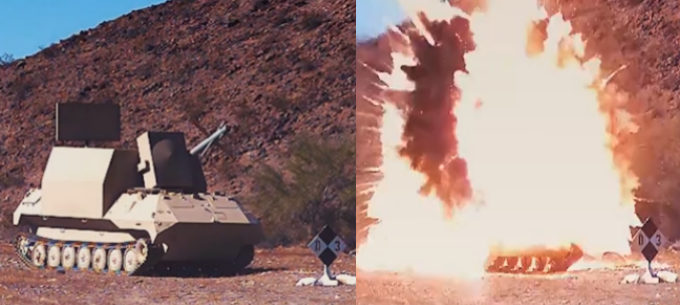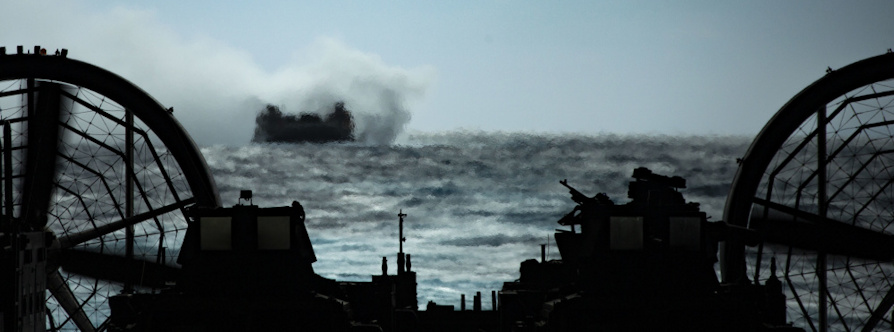The United States Marine Corps, from 2020, has begun to dismiss (in total 7 tank companies will disappear) its armored component, based on the MBT M-1A1, in view of a reorganization of its personnel. This reorganization will bring the units of the Marines to have a more suitable configuration in an operational theater like that of the Pacific.
The People's Liberation Army Navy has reached a number of naval units greater than that of the US Navy, and the Chinese Armed Forces are developing supersonic anti-ship missile systems capable of evading the anti-missile defenses of the XNUMXth Fleet. Therefore it was necessary to review the operational doctrines, in the Pacific theater, to better face the new challenges, giving up the armored component, a legacy of the Cold War.
This does not mean that the Marines want to give up the anti-tank capabilities that were previously offered by the 120/44 mm piece of Abrams tanks. The specifications required by the Corps will concern a light but high performance counter-tank system, especially in terms of range and terminal effect on the target.
The goal is to make small cores of Marines capable of conducting operations in depth, thereby constituting a threat to the opponent's A2 / AD capabilities.
 The Marines are examining the new operational scenarios in which they will have to be deployed, paying particular attention to the geographical context. In fact, in a possible conflict with China, i collars di leather they would conduct island-hopping campaigns in the South China Sea, including the artificial atolls created by Beijing.
The Marines are examining the new operational scenarios in which they will have to be deployed, paying particular attention to the geographical context. In fact, in a possible conflict with China, i collars di leather they would conduct island-hopping campaigns in the South China Sea, including the artificial atolls created by Beijing.
It is these operating theaters that make the use of MBTs very problematic (an M1A1 Abrams weighs about 63 tons), especially for landing operations.
Lieutenant General Eric Smith, Deputy Commander of Combat Development and Integration for the Marine Corps, spoke of a weapon system with a "range 15 to 20 times greater than a tank gun".
A portable anti-tank missile system with such characteristics could be the Spike Non Line of Sight (NLOS), an Israeli Rafael tactical missile designed to be launched from a grounded tripod, light armored vehicle, helicopter or even a ship. The Israeli missile has a total weight of 70 kg, a maximum range of more than 30 km and is equipped with an electro-optical finder, which is an infrared camera system capable of identifying targets in any light condition. The Spike NLOS also uses a data link wireless to send live video of the target to the operator.

The operator can see through the seeker as the missile makes its way to the target, change targets if it spots something new, or even stop the attack.
Thanks to its range, the Spike NLOS can also be used as an anti-ship weapon, forcing enemy fleets to keep their distance from Marines occupying distant islands. Although the Spike NLOS does not have the performance of the anti-ship missile Harpoon, the Marines can guide it remotely, allowing them to hit vital parts of an enemy ship, or a helicopter parked on a landing pad.
In practice, the Marines will be called upon to carry out operations in naval-coastal scenarios, called DMOs (Distributed Maritime Operations) conducted by numerically reduced and geographically dispersed units, whose purpose is to create "corridors" in the bubbles A2 / AD of the opponent for the purpose of creating counter-denial and counter-bubble. Strategically, therefore, the DMOs will aim at throwing the opposing device into confusion, putting it in a position where it cannot respond to attacks.

Photo: US Marine Corps / US DoD












